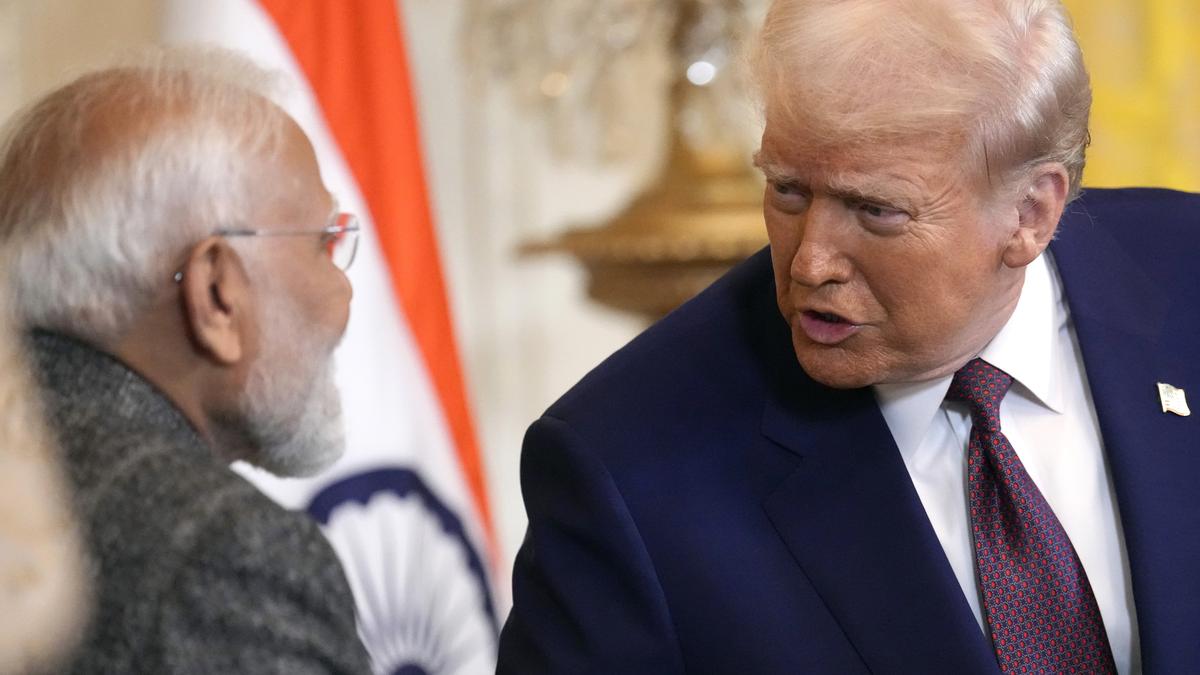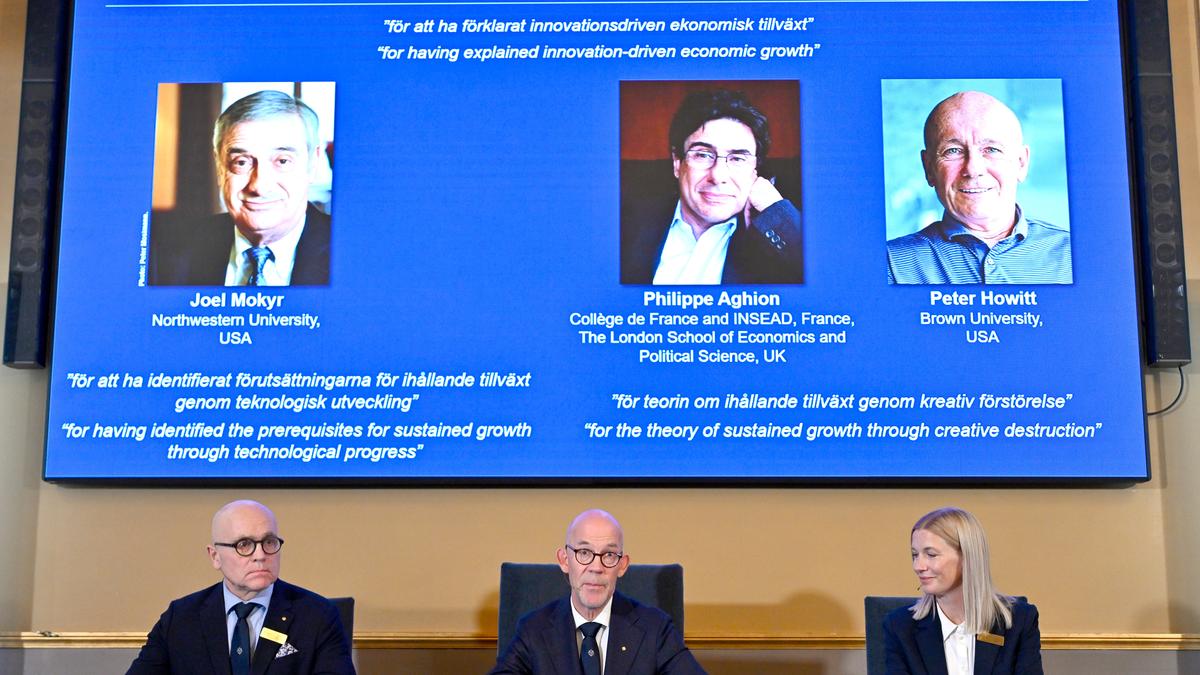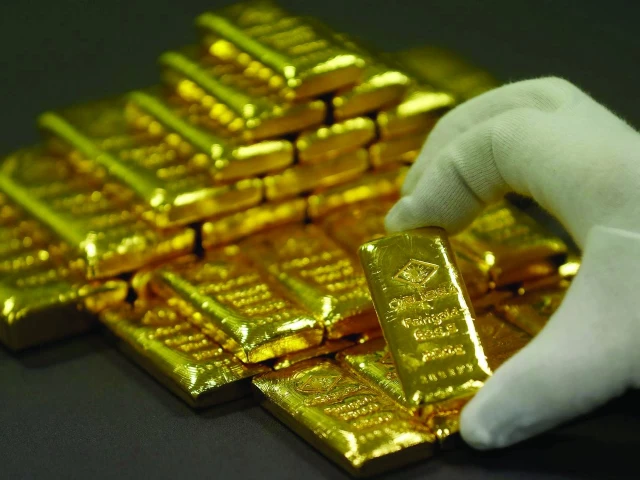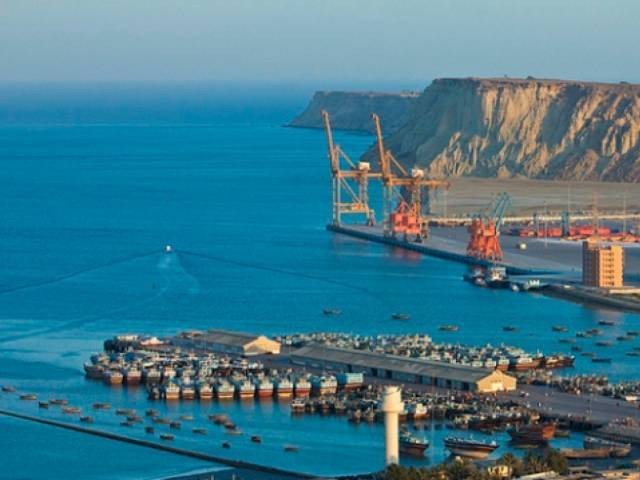Putting an end to months of speculation, U.S. President Donald Trump on Wednesday (July 30, 2025) announced that imports from India will attract 25% tariffs from August 1, “plus a penalty”, citing India’s purchases of energy and military equipment from Russia, its high tariffs, and its “strenuous and obnoxious” non-monetary barriers to trade.
Hours later, the Ministry of Commerce and Industry said that the government was “studying the implications” of Mr. Trump’s announcement and will “take all steps necessary to secure our national interest”.
India and the U.S. have been negotiating a potential Bilateral Trade Agreement (BTA) since February, when a joint statement by Prime Minister Narendra Modi and Mr. Trump stated that such a deal would be concluded by fall 2025.
Also Read | Trump wants call with PM Modi before final approval on India-U.S. trade deal
No mini-deal
Apart from that comprehensive deal, negotiators from the two countries have also been trying to work out a “mini-deal” that would walk back the retaliatory tariffs that Mr. Trump announced for India and a number of other countries.
This mini-deal, however, has not yet been finalised. Statements by U.S. Trade Representative Jamieson Greer on Monday (July 28, 2025) also indicated that negotiations with India may extend beyond the August 1 deadline set by Mr. Trump. The U.S. President’s statement on Wednesday (July 30, 2025), however, seems to confirm that such a mini-deal will not materialise.
Also Read | Trump hints at 20-25% tariff on India, again claims credit for ceasefire between India and Pakistan
‘Strenuous and obnoxious’
“Remember, while India is our friend, we have, over the years, done relatively little business with them because their tariffs are far too high, among the highest in the world, and they have the most strenuous and obnoxious non-monetary trade barriers of any country,” Mr. Trump wrote on the social media platform Truth Social.
“Also, they have always bought a vast majority of their military equipment from Russia, and are Russia’s largest buyer of ENERGY, along with China, at a time when everyone wants Russia to STOP THE KILLING IN UKRAINE — ALL THINGS NOT GOOD! INDIA WILL THEREFORE BE PAYING A TARIFF OF 25%, PLUS A PENALTY FOR THE ABOVE, STARTING ON AUGUST FIRST [sic],” he added.
This tariff rate is marginally lower than the earlier 26% tariff that Mr. Trump had threatened to levy on imports from India. The additional “penalty” is now the unknown factor, however, as Mr. Trump did not specify what form it will take.
‘Studying implications’
In its statement, the Commerce Ministry said that the government has taken note of Mr. Trump’s statement on bilateral trade. “The Government is studying its implications. India and the US have been engaged in negotiations on concluding a fair, balanced and mutually beneficial bilateral trade agreement over the last few months. We remain committed to that objective. The Government attaches the utmost importance to protecting and promoting the welfare of our farmers, entrepreneurs, and MSMEs,” it said.
“The Government will take all steps necessary to secure our national interest, as has been the case with other trade agreements including the latest Comprehensive Economic and Trade Agreement with the UK,” it added.
Also Read | U.S. trade deals with Japan, Indonesia hold lessons, warnings for India: experts
Retaliatory tariffs
In early April, the U.S. President had imposed retaliatory ‘Liberation Day’ tariffs on imports from most countries in the world, arguing that these countries imposed much higher tariffs on U.S. goods than the U.S. did on imports from them. Thereafter, he announced a 90-day pause, so as to work out bilateral trade deals with several of these countries.
At the end of the 90-day pause in July, Mr. Trump further extended this window to August 1. During this period, he issued letters to at least 14 countries stating the tariffs that would be imposed on imports from them.
Also Read | India-U.S. trade deal: Deadlock over agri continues, but Trump surprise not ruled out
Making deals with Trump
Over the last month, he has also concluded deals with the United Kingdom (U.K.), Indonesia, the Philippines, Japan, and the European Union. The deal with the U.K. will see British car exports to the U.S. attract a 10% tariff, down from the earlier 27.5% and a removal of tariffs on aerospace exports to the U.S.
Indonesia’s exports to the U.S. will now attract a 19% tariff under its deal with the U.S., the same as will be charged on U.S. imports from the Philippines. Japan negotiated lower tariffs of 15% for its exports to the U.S., the same as the European Union.
Published – July 30, 2025 07:07 pm IST





